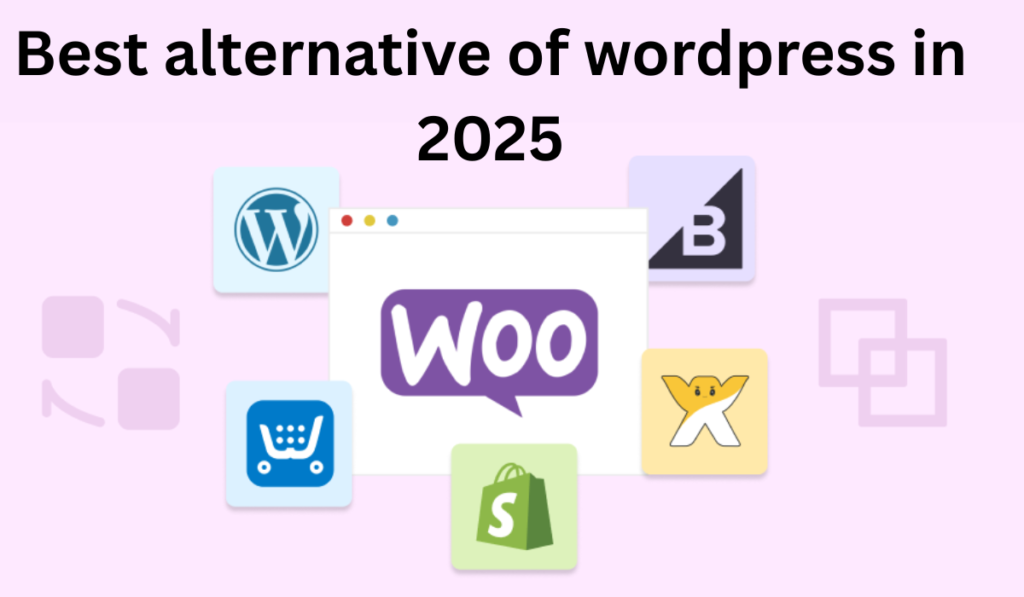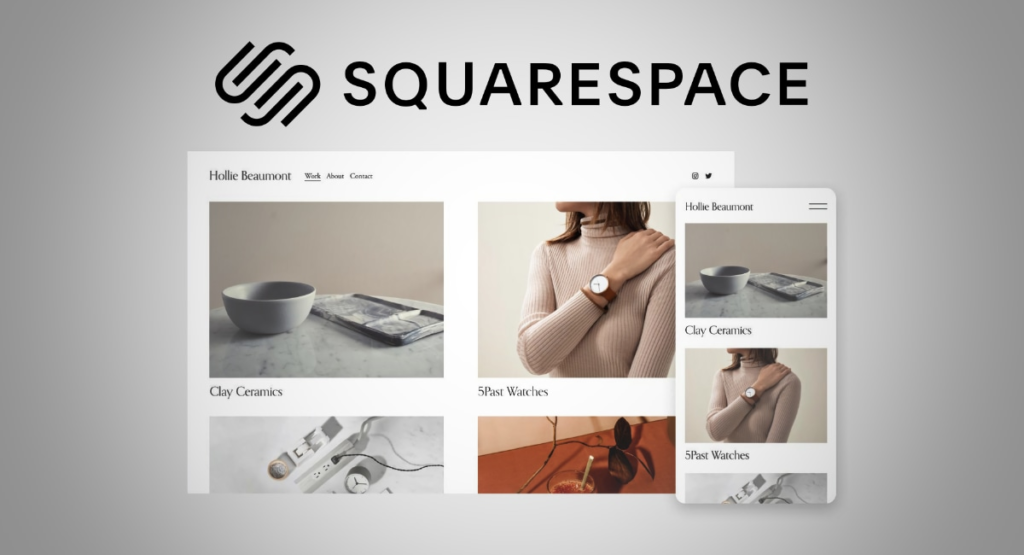
WordPress with WooCommerce has long been the go-to combo for launching online stores. It’s flexible, open-source, and deeply integrated with the WordPress ecosystem. But let’s be real—WooCommerce isn’t always the best fit.
Whether it’s speed issues, plugin overload, lack of scalability, or a clunky UI, many users are looking elsewhere in 2025. The good news? There are solid, user-friendly, and powerful alternatives that rival — and often beat — WooCommerce.
This blog dives deep into the top 7 best alternatives to WooCommerce that are crushing it this year. Whether you’re a beginner, scaling up, or just tired of updates breaking your site, there’s something here for you.

1. Shopify — The All-In-One Powerhouse
If WooCommerce is the DIY king, Shopify is the slick, hosted alternative that just works out of the box. It’s built for speed, scalability, and ease of use.
Why It Rocks:
- No technical skills required
- 8000+ apps and themes
- Blazing-fast performance
- 24/7 support
Downsides:
- Monthly fees + extra for apps
- Limited design freedom compared to WordPress
Best For: Beginners, small-to-medium stores, dropshippers

2. BigCommerce — Built to Scale
BigCommerce is like Shopify on steroids. It’s built for serious growth, handling enterprise-level needs without making you sacrifice ease of use.
Top Features:
- No transaction fees
- B2B features out of the box
- Multi-channel selling (Amazon, eBay, Facebook, etc.)
Pros:
- Scales better than WooCommerce
- Deep integration with payment gateways
- SEO-friendly
Cons:
- Learning curve is a bit steeper than Shopify
- Design options are slightly limited
Best For: Medium to large businesses looking for growth

3. Wix eCommerce — Design + Simplicity
Wix has come a long way from a basic site builder. In 2025, its eCommerce platform is feature-rich, sleek, and perfect for creatives who want beauty + business.
What’s Great:
- Drag-and-drop builder
- Gorgeous templates
- Built-in marketing tools (email, social, ads)
whats bad:
- Not ideal for very large stores
- Less plugin flexibility than WordPress
Best For: Creators, artists, small boutiques, and solopreneurs

4. Squarespace Commerce — Elegant and Effective
Want a super polished store without touching a single line of code? Squarespace delivers an all-in-one eCommerce and content platform with stunning design.
Highlights:
- All-in-one hosting + store + blog
- Beautiful templates
- Solid inventory and product tools
Watch Out For:
- Fewer integrations than WooCommerce
- Limited third-party extensions
Best For: Design-first brands, lifestyle products, fashion

5. Shift4Shop (formerly 3d cart) — Feature-Packed & Free
What makes Shift4Shop stand out? It’s completely free if you use their payment processor. Despite being lesser-known, it’s insanely feature-rich.
Key Benefits:
- No monthly fee with Shift4 Payments
- Advanced SEO controls
- Built-in blog, CRM, and email tools
Weak Points:
- Dated interface
- Support can be hit-or-miss
Best For: Budget-conscious entrepreneurs and SEO nerds

6. Magento Open Source — Power + Customization
If you’re tech-savvy or have a dev team, Magento (Adobe Commerce) offers unmatched control, flexibility, and power for large-scale eCommerce projects.
Why Choose Magento:
- Insane customization options
- Great for large catalogs
- Built-in multi-store support
But…
- Steep learning curve
- Needs high-end hosting
- Not beginner-friendly
Best For: Large enterprises, dev teams, and serious scaling

7. Ecwid — Add eCommerce to Any Site
Ecwid is the ninja of eCommerce — it integrates into your existing site (even WordPress, Wix, Joomla, etc.) without starting from scratch.
Core Features:
- Free forever plan available
- Can turn any website into a store
- Supports social + marketplace selling
Cons:
- Not as feature-rich as full platforms
- Design options are basic
Best For: Bloggers, existing websites, or those selling a few products
Quick Comparison Table
| Platform | Free Plan | Ease of Use | Scalability | Best For |
|---|---|---|---|---|
| Shopify | No | ⭐⭐⭐⭐⭐ | ⭐⭐⭐⭐ | All-rounders, dropshipping |
| BigCommerce | No | ⭐⭐⭐⭐ | ⭐⭐⭐⭐⭐ | Fast-growing businesses |
| Wix eCommerce | Yes | ⭐⭐⭐⭐⭐ | ⭐⭐⭐ | Creatives & boutiques |
| Squarespace | No | ⭐⭐⭐⭐ | ⭐⭐⭐ | Design-focused brands |
| Shift4Shop | Yes* | ⭐⭐⭐ | ⭐⭐⭐⭐ | Budget stores, SEO lovers |
| Magento | Yes | ⭐⭐ | ⭐⭐⭐⭐⭐ | Developers & large catalogs |
| Ecwid | Yes | ⭐⭐⭐⭐ | ⭐⭐⭐ | Existing sites, social selling |
*Free with Shift4 Payments
Why You Might Want to Switch from WooCommerce
- 🧩 Plugin overload: Constant updates, compatibility issues
- 🐢 Performance: WooCommerce can be slow without heavy optimization
- 🧠 Learning curve: Not as beginner-friendly
- 💰 Hidden costs: Hosting, themes, and paid plugins can add up
- 🛠️ Technical maintenance: Requires constant backend attention
Final Thoughts: Choose What Fits YOU
There’s no one-size-fits-all solution. WooCommerce is still solid, but if you’re feeling the friction, it’s totally OK to pivot.
If you’re after simplicity → Shopify or Wix.
If you’re scaling fast → BigCommerce or Magento.
If you want full control without the Woo-hassle → Squarespace or Ecwid.
Pro Tip: Before switching, list your must-have features. Compare total cost of ownership — not just subscription fees, but also time, tech, and scalability.
Like This Post?
💬 Drop a comment if you’re using any of these platforms!
🔔 Subscribe to Techsthan.com for more real-talk tech tips.
📢 Share this post to help someone make the right eCommerce choice in 2025!
